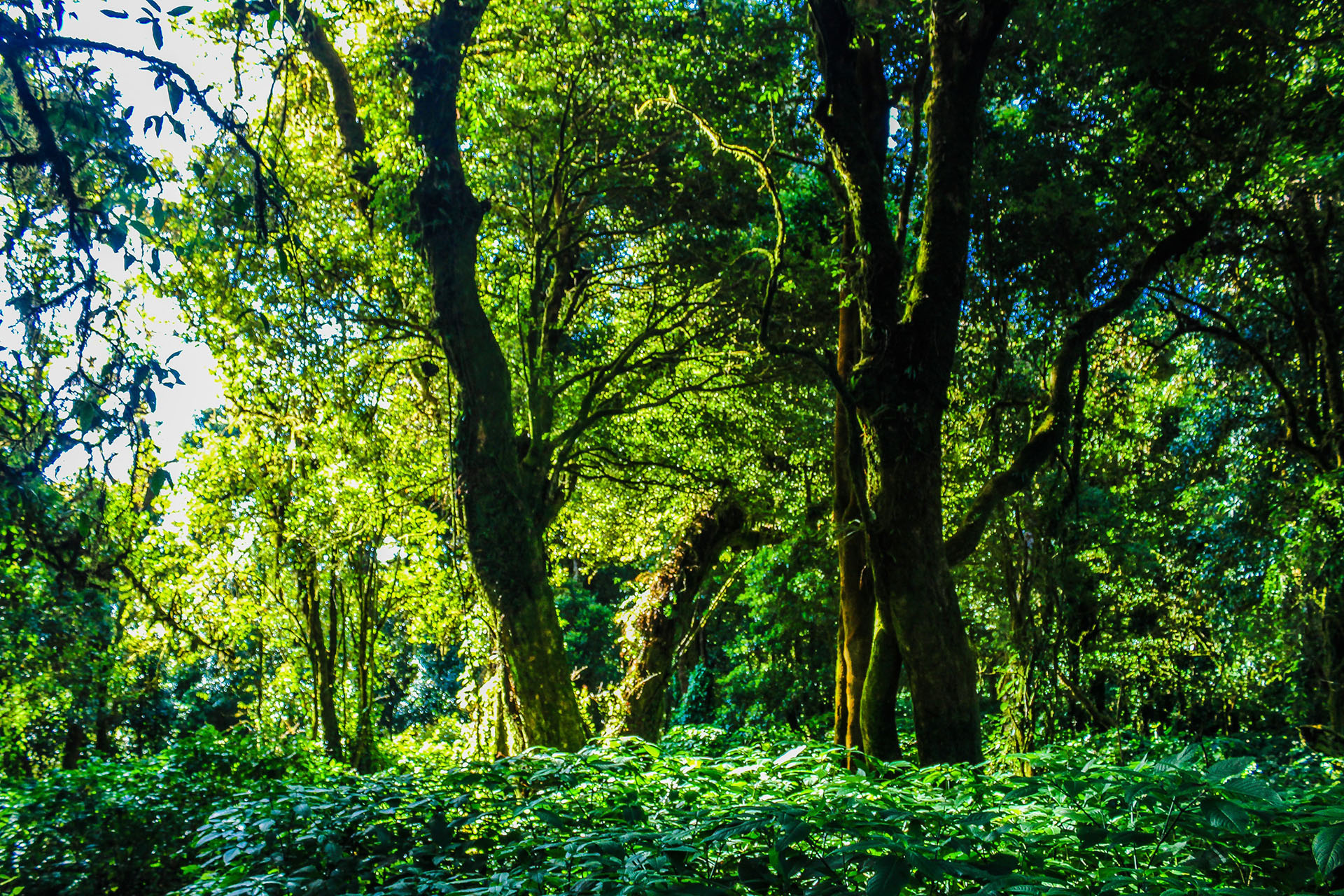Amid growing urgency to step up action on climate change, the participants of the 24th Conference of the Parties (COP24) to the United Nations Framework Convention on Climate Change, are discussing what is needed to reach the Paris Agreement's long-term goal to keep the increase in global average temperatures to well below 2°C above pre-industrial levels. Tropical forests are undervalued assets in tackling two of the most significant challenges of our time – climate change and sustainable development. Reducing emissions from deforestation and forest degradation (REDD+) is a key nature-based solution to climate change, while also triggering many non-carbon benefits arising from REDD+ policies and actions, which include poverty reduction, enhancing biodiversity, improving forest governance and protecting other vital environmental services.
Drivers of deforestation are numerous, and innovative technologies and increased capacity are making a positive difference in tracking land use and forest cover change across the globe. With 10 years of experience in effective technical support, capacity building and policy advice on REDD+, the collaborative UN-REDD Programme is a pioneer in innovative approaches. Building on the technical expertise of the Food and Agriculture Organization of the United Nations (FAO), the United Nations Development Programme (UNDP) and the United Nations Environment Programme, the UN-REDD Programme has been supporting REDD+ countries in investing in and applying innovative forestry monitoring tools in order to effectively plan, implement and measure the contribution of forests to climate and ecosystem services.
This particular topic will be discussed at the UN System Side Event on SDG15 titled, “Forests first - from 10 years REDD+ to the full scope of nature-based climate solutions", which is being organized by the UN-REDD Programme and will take place on 12 December at COP24 in Katowice, Poland.
Focused on innovations and experiences, the COP24 side event will discuss perspectives on the evolution of partnerships for transformative innovations in policy reform, forest monitoring and reporting tools, as well as innovative financial mechanisms for forest conservation and restoration.
Comprised of experts representing the UN-REDD Programme partner countries, donors and agencies, as well as private sector partners, the panel will also discuss the importance of forest data for planning, implementation and reporting on REDD+ activities.

"Various stakeholders involved in REDD+ processes, be it government, civil society, private sector players or local communities, need accurate and timely information to manage the world’s forests. It is one of the most important pillars that will support countries in combating deforestation – and eventually reaching the Sustainable Development and Paris Agreement Goals.” - Tiina Vahanen, Coordinator of the REDD+/NFM cluster at FAO’s Forestry Department
The event will serve as platform to launch Collect Earth Online (CEO), a new version of Collect Earth, a software widely used by UN-REDD partner countries to manage and assess land use and land use change. Developed by U.S. National Aeronautics and Space Administration (NASA) and the FAO, with support from the Google Earth Engine Team and the SilvaCarbon Program, the new open-access tool uses innovative forest and land monitoring tools and technologies and allows reference data for forest and other landscape assessments to be produced quickly. The new platform is web-based, free of charge, open to all, requires no downloads or installation, and allows users to systematically inspect any location on Earth with satellite data.
In early 2019, CEO will be integrated into SEPAL (System for Earth Observation Data Access, Processing and Analysis for Land Monitoring), FAO’s powerful cloud-based platform, making it easier to link reference data directly to processing chains for map creation.
For decades, monitoring the world’s forests had been a challenging task. However, emerging innovative tools can now greatly facilitate that process. With tailored National Forest Monitoring Systems, countries will be able to swiftly inform their forest policy-making on proven knowledge and on up-to-date, reliable, transparent and accessible information.
Interested in the UN System Side Event on SDG15: “Forests first - from 10 years REDD+ to the full scope of nature-based climate solutions“?
Participate in the event online by clicking on the following Livestream link on 12 December at 11:30 am CET: http://bit.ly/2zGfEt4
Useful links:
-
Publication - "Strengthening National Forest Monitoring Systems for REDD+" in English and Spanish
-
Publication - "Ten years of capacity development on national forest monitoring for REDD+" in English
-
Publication - "Voluntary guidelines on national forest monitoring" in English and Spanish
-
Press Release - Innovative technology: a game-changer for monitoring deforestation and land-use change in English
-
Article - "Where Are We Now, After 10 Years of Capacity Development on National Forest Monitoring Systems for REDD+?" in English
-
Webpage - More on FAO‘s work on National Forest Monitoring Systems here


